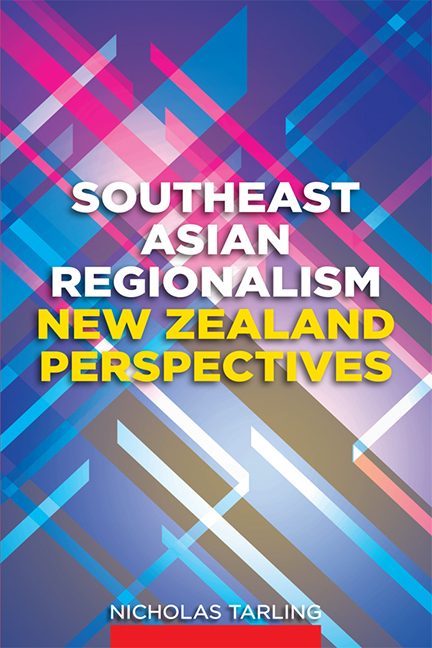Summary
ZOPFAN, the Zone of Peace, Freedom and Neutrality in Southeast Asia, was another Malaysian initiative, advanced at a time when Britain had withdrawn the bulk of its forces from the region and the United States had begun to come to terms with the People's Republic of China. The archives in Wellington, like those in London, help to document the concept. Tun Ismail, former Minister of Home Affairs and advocate of regional association, had in fact presented the idea in a debate on defence in the Dewan Rakyat back in January 1968, his aim being to save money that could be spent on social services. “The time is … ripe for the countries in the region to declare collectively the neutralization of South-East Asia. To be effective, the neutralization … must be guaranteed by the big powers, including Communist China … it is time that the countries in South-East Asia signed non-aggression treaties with each other. Now is also [the] time for the countries in South-East Asia to declare the policy of co-existence, in the sense that the countries in the region should not interfere in the internal affairs of each other and [should undertake] to accept whatever form of government a country chooses to elect or adopt.” The Tunku did not think the time had come, but Abdul Razak, his deputy, thought the concept “wise, imaginative and far-sighted”, and he came to power after the 1969 riots in Kuala Lumpur.
In a speech in July 1971 Prime Minister Razak argued that the involvement of major powers was the essential reason Southeast Asia had not been at peace for twenty years. Peace and security could be safeguarded only by “a policy of neutralisation which will ensure that this region will no longer be a theatre of conflict for the competing interests of the major powers”. That required that the states in the region had to “work to bring about the conditions which are necessary for the realisation of the neutralisation proposed and show that a neutralised Southeast Asia meets the basic legitimate interests of the great powers themselves”.
- Type
- Chapter
- Information
- Southeast Asian RegionalismNew Zealand Perspectives, pp. 37 - 53Publisher: ISEAS–Yusof Ishak InstitutePrint publication year: 2011



